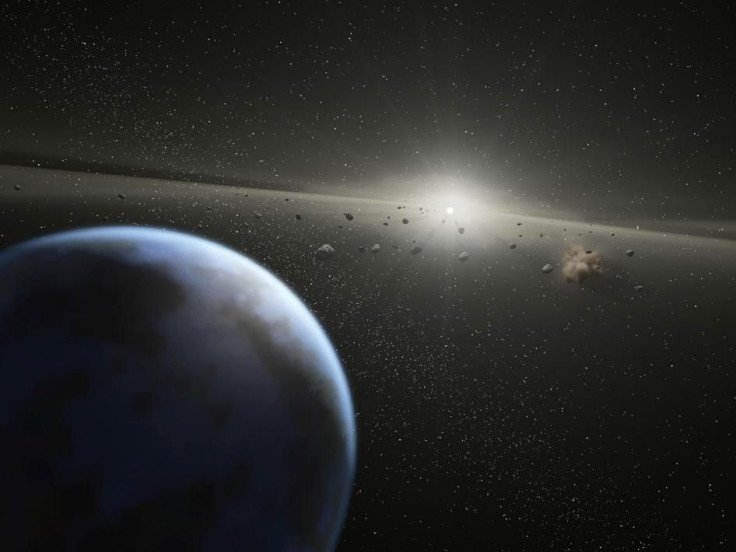NASA Detects 5 Airburst-Causing Asteroids Approaching Earth

KEY POINTS
- NASA detected five asteroids approaching Earth
- All asteroids are expected to fly past Earth tomorrow
- The approaching asteroids are big enough to cause mid-air explosions
NASA is currently monitoring a total of five asteroids that are expected to approach Earth tomorrow. Based on the data collected by NASA on the asteroids, the approaching space rocks could cause powerful mid-air explosions if they hit the planet.
The first asteroid that will approach Earth tomorrow is known as 2020 CO. According to NASA’s Center for Near-Earth Object Studies (CNEOS), this asteroid is moving towards Earth at a speed of 39,000 miles per hour. It has an estimated diameter of 125 feet.
2020 CO will fly past Earth on Feb. 4 at 1:05 p.m. EST. During this time, the asteroid will be 0.02933 astronomical units or 2.7 million miles from Earth.
The next asteroid that will visit Earth’s neighborhood is called 2020 CN. According to CNEOS, this asteroid is about 66 feet wide and is flying across space at a speed of 33,000 miles per hour. This asteroid will approach Earth on Feb. 4 at 2:02 p.m. EST from a distance of 0.01231 astronomical units or roughly 1.1 million miles away.
Trailing behind 2020 CN is an asteroid known as 2020 CR. According to CNEOS, this asteroid is traveling at an average velocity of about 50,000 miles per hour. It has an estimated diameter of 69 feet. This asteroid is expected to fly past Earth on Feb. 4 at 5:51 p.m. EST from a distance of 0.00663 astronomical units or about 616,000 miles away.
The fourth asteroid that will debut in Earth’s vicinity tomorrow is called 2020 CC. This asteroid is about 49 feet wide and is moving at an average speed of 24,000 miles per hour. It will visit Earth tomorrow at 7:20 p.m. EST from a distance of 0.00475 astronomical units or around 442,000 miles away.
The last asteroid that’s set to arrive tomorrow has been identified as 2020 BR11. This asteroid is as big as 2020 CC and is traveling at a slower speed of 7,000 miles per hour. It will approach Earth on Feb. 4 at 9:59 p.m. EST. During this time, it will be about 0.02687 astronomical units or roughly 2.5 million miles from the planet’s center.
Based on the sizes of these approaching asteroids, they would most likely cause powerful explosions in the atmosphere if they end up colliding with Earth. Although they won’t hit the ground, the energy from their mid-air explosion would be equivalent to multiple atomic bombs.
© Copyright IBTimes 2025. All rights reserved.





















